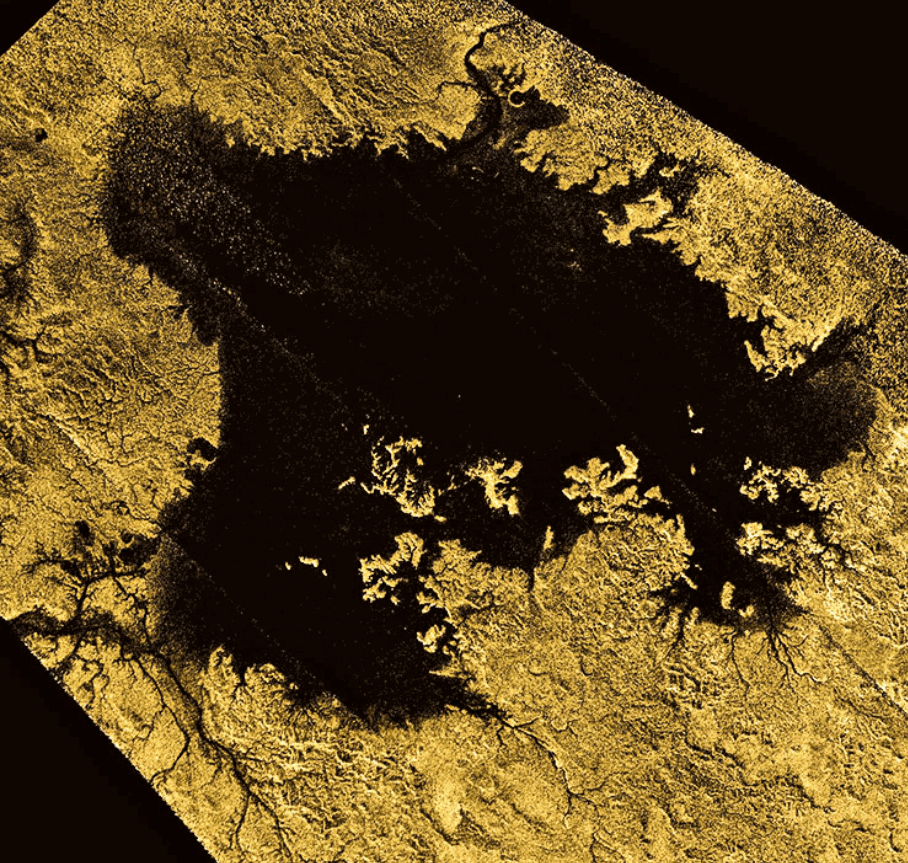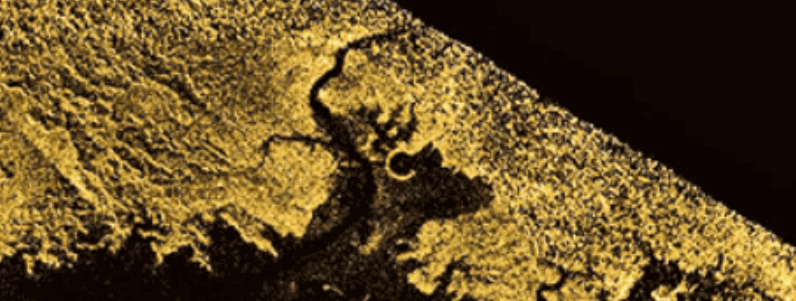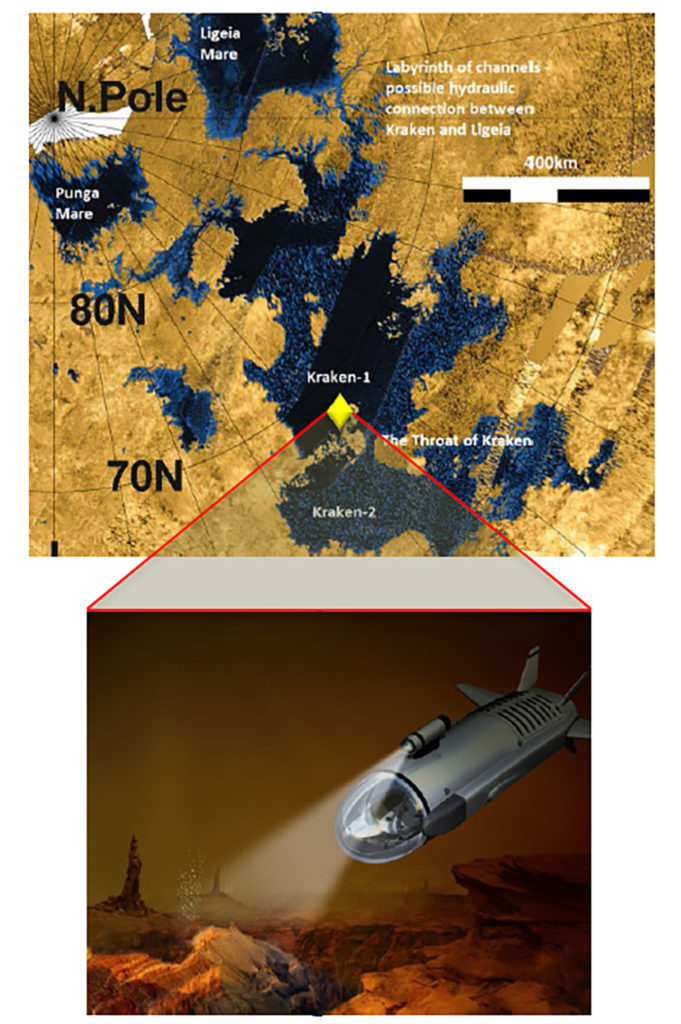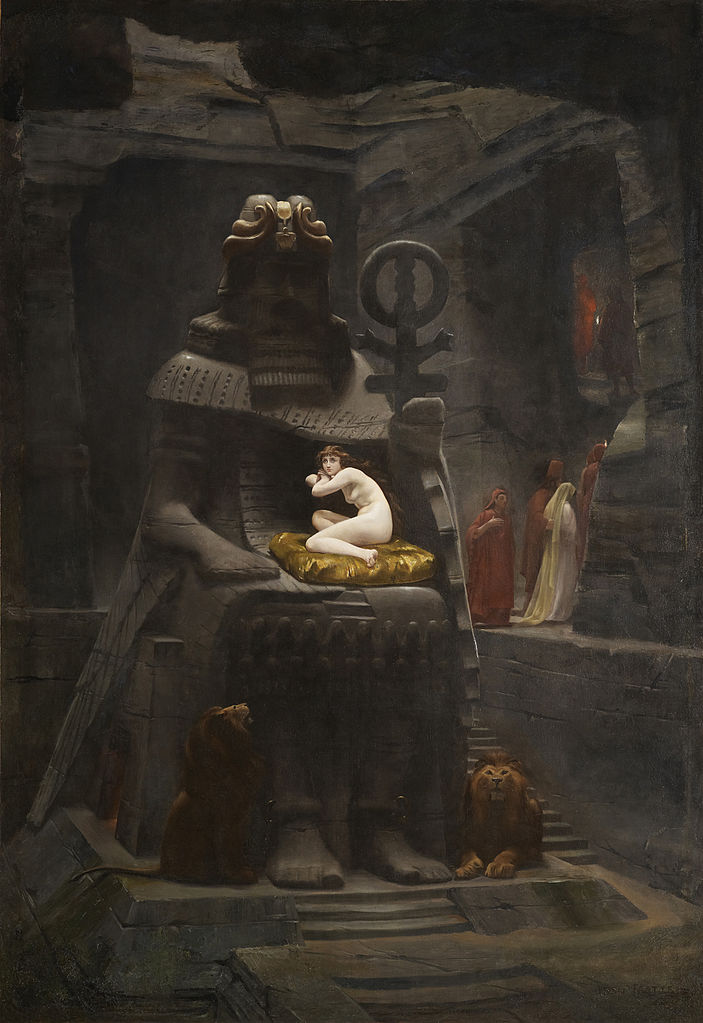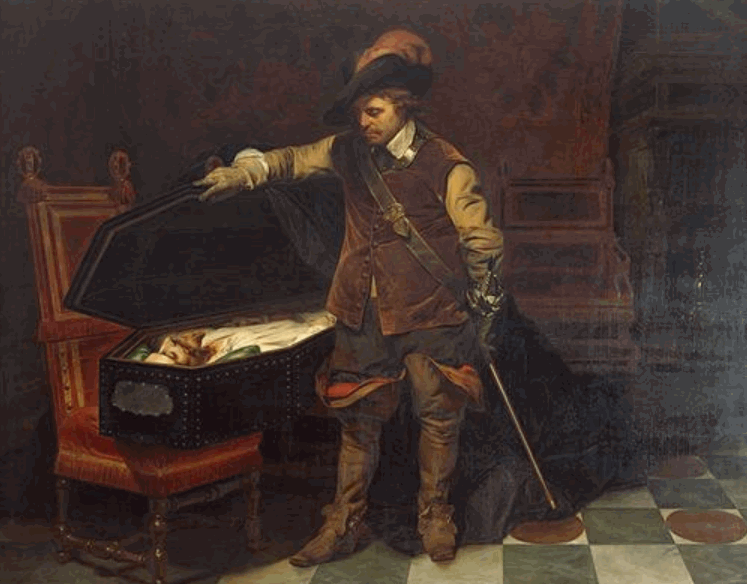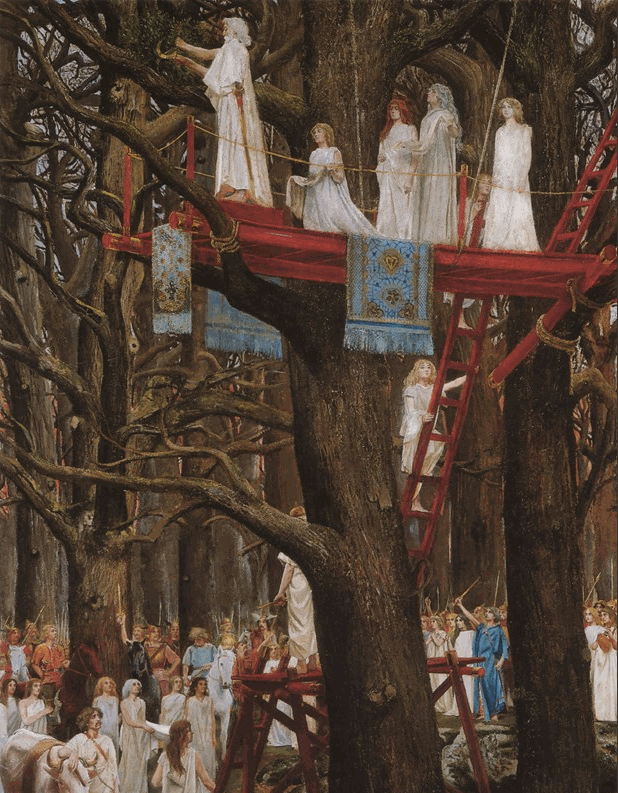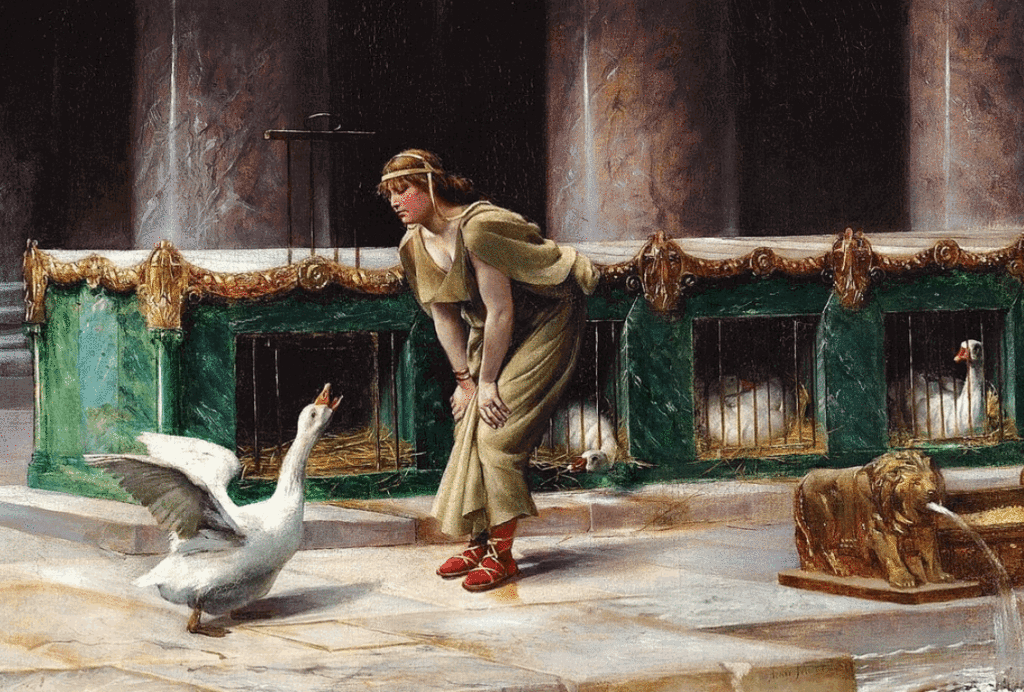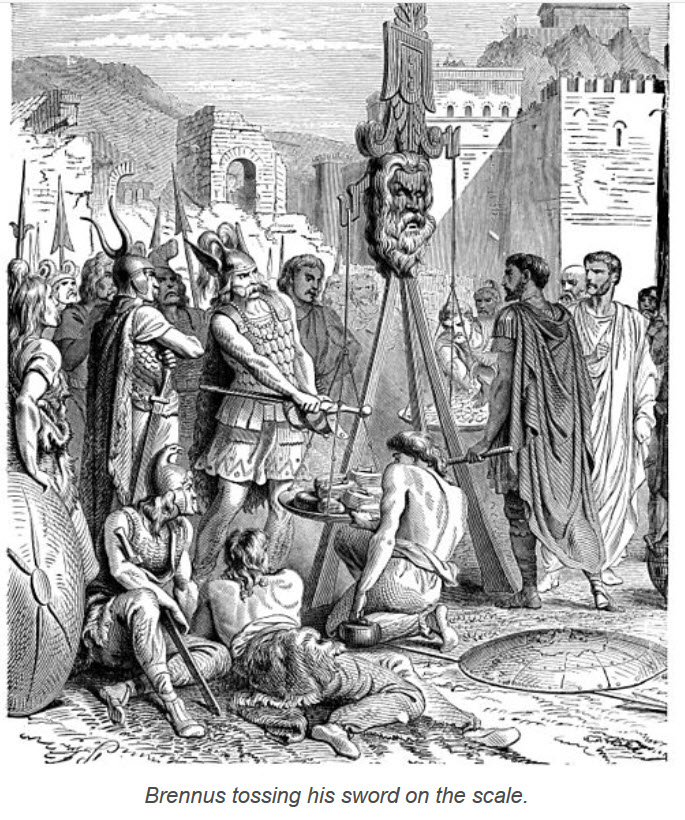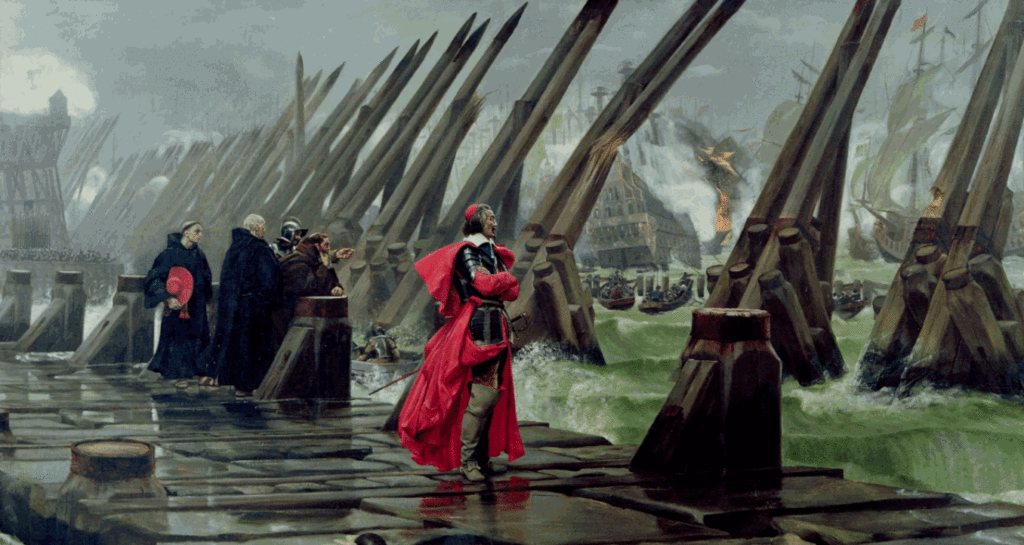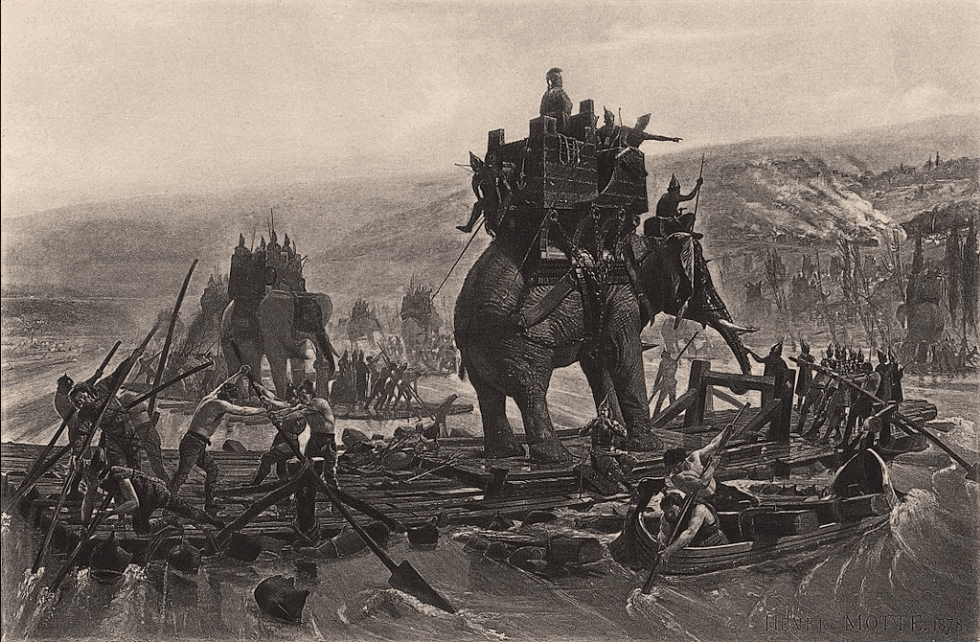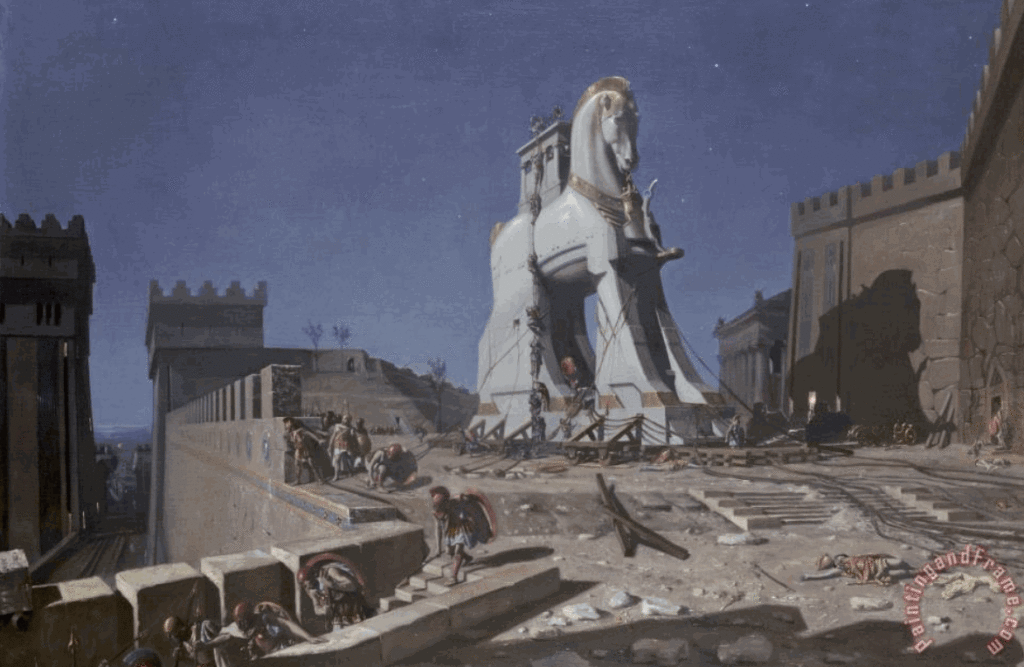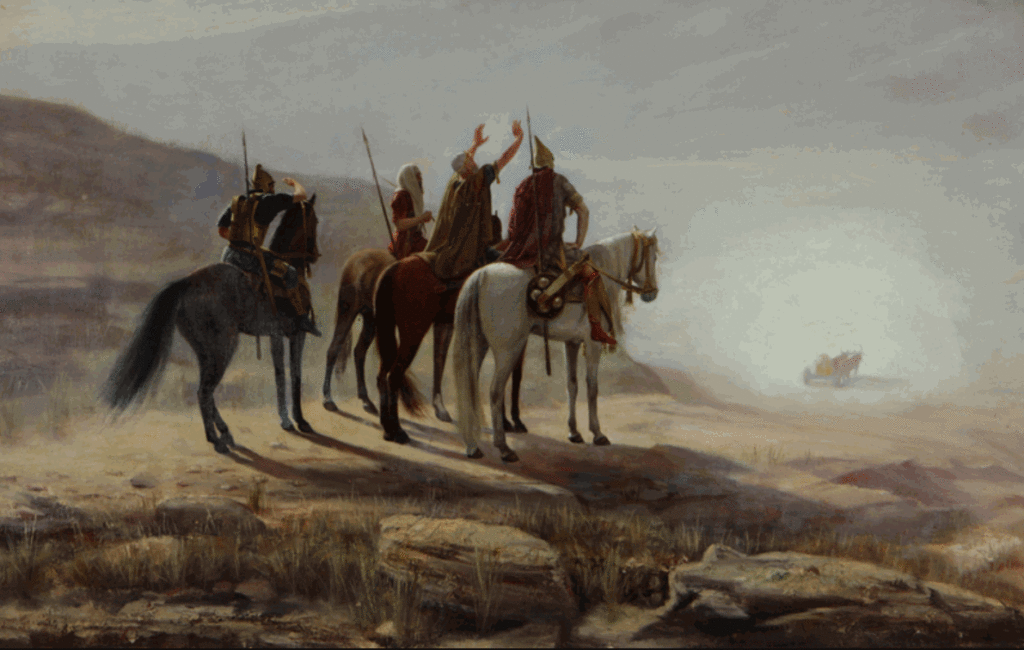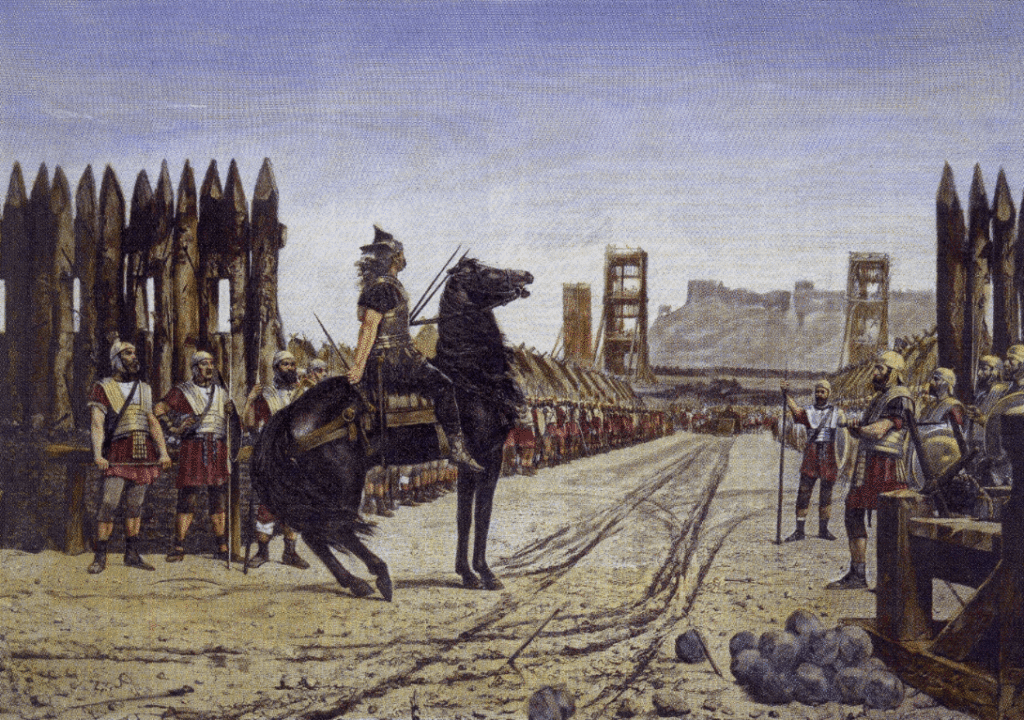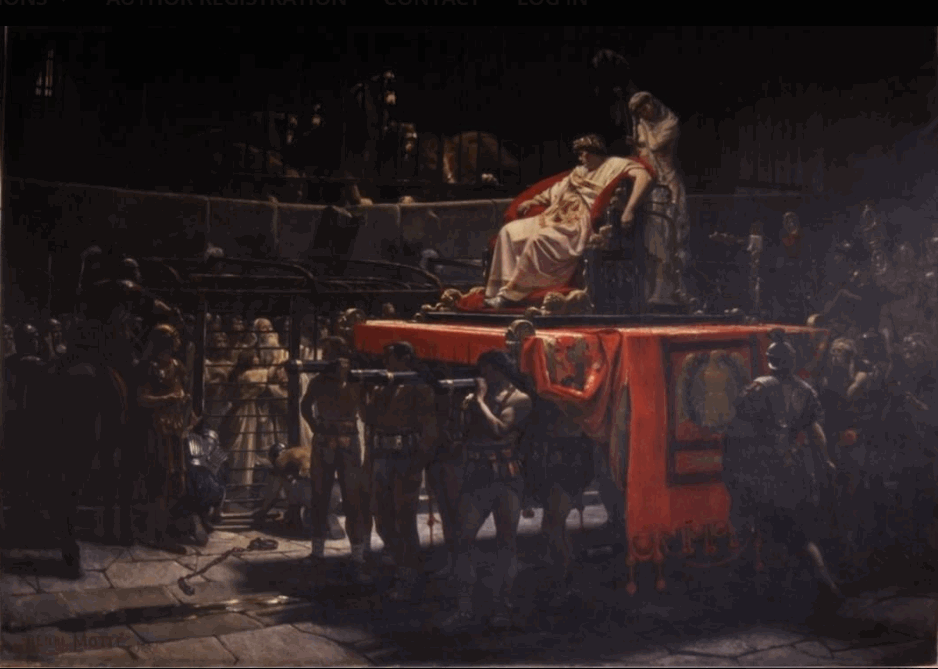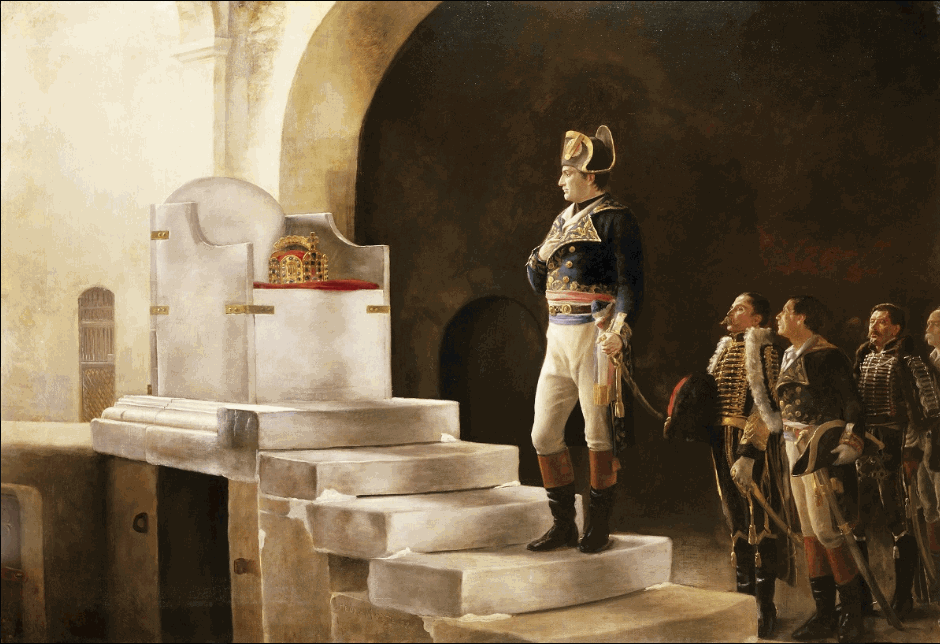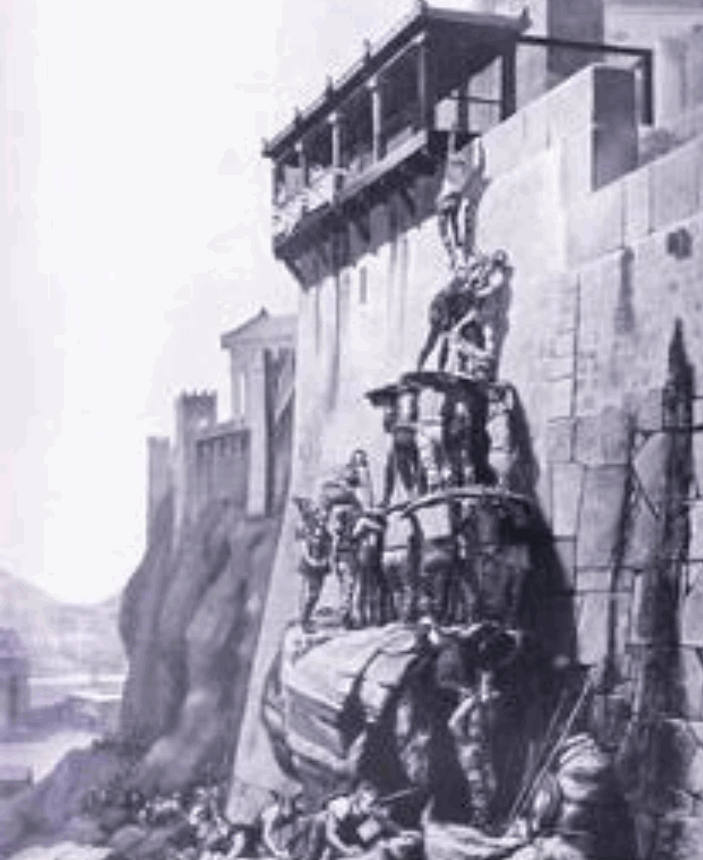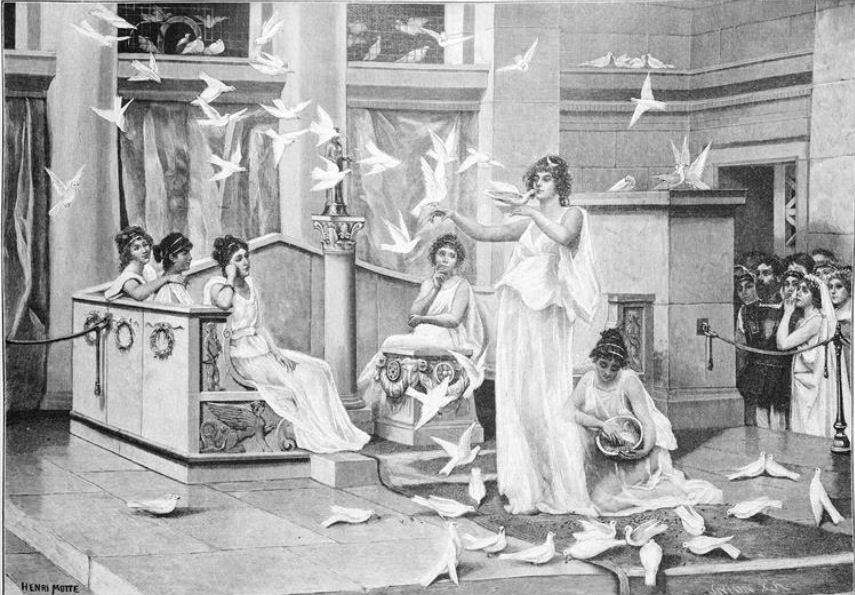Russia has been making friendly warnings to America and Americans. But, ah, no one in the United States is paying attention. Everyone is just all “sleepwalking”. You know, the rest of the world is watching what is going on inside of America right now. They see what is going on, and they know their own history. And what they see is as clear as day. The United States is collapsing and falling apart at the seams. And the people in control, are weak and ineffectual and are unable to stop the collapse. But still they try to warn. They try to implore Americans to take notice.
And no one is listening.
And most certainly NOT the neocons in office in the Trump White-house.
The following is one of the hundreds of warnings that I have collected where the Chinese, and the Russians have tried to warn America about what is coming. It’s a decent enough article and it is worthy of note. Most Metallicman readers will already know all this information, but you all should be pleased to read an opinion from the land of ice and snow; mother Russia.
The following is a reprint of an article titled “The American Right Will Be Crushed in a Civil War, Unless It Organizes NOW” by Gregory Conte Tue, Jan 21, 2020. It has been edited to fit this venue and all credit to the author. This post first appeared on Russia Insider
Please keep in mind that this is from a White Supremacist inside Russia. He does not see what is going on in the United States in any kind of balance.
He only sees…
- Conservative = good.
- Marxist = bad.
Never the less, what he says for the “Right”, equally applies to the “Left”.
The only… ONLY way this sinking American ship can be righted and put back on track is for both sides, at both extremes, to organize together and resolve this big mess. Both sides (right and left) have legitimate reasons to be angry. This is NOT the time to fight each other.
This is time to unify and fight the PEOPLE tugging at our strings and treating us like puppets.
And that takes organization. It takes leadership. It takes compromise. And it takes understanding.
So while the following article is written from a conservative hard-Right point of view, if you look beyond it, you can see that he is right. People need to organize and WORK TOGETHER to change things. Stop being manipulated. Work together to make the world a better place, and stay away from the radical elements that are unable to contribute to this end goal.
The Hard-Right Russian Article… please kindly look beyond his racial bigotry.
The American Right Will Be Crushed in a Civil War, Unless It Organizes NOW
Civil war is in the air. Many Americans have given up on politics. The left keeps pushing to take away more of our freedoms. They are chipping away at our culture, our traditions, our morals. They have been doing it for a hundred years, and no one seems to be able to stop them. It seems like the only way to change things is to have an all-out fight.
So, many conservative whites have been talking seriously about civil war. That might not be very likely, but things have certainly been heating up.
Some state governments have passed laws clamping down on gun rights. The most egregious of these are “red flag” laws, which allow police to seize a citizen’s guns if a neighbor or family member “is worried about his mental health” or some other flimsy reason.

In response, several VA counties have declared that they are “second-amendment sanctuaries,” meaning the local government will not enforce unconstitutional gun laws, even if state or federal authorities order them to.
But what if civil war does break out? Could conservative whites win an all-out fight against the system?
Many people think so.
They point out that right-wing whites have huge advantages. They own more weapons, they have better weapons, and they know how to use them. Liberals, on the other hand, live in cities with lots of hostile blacks and Hispanics. They will run out of food and water quickly. The state will not be able to maintain order.
On the other hand, some people argue that liberals and Jews (Well, this is from a Hard-Right Russian writer) will have the upper hand. As long as there is a rump-government that controls most of the US military, it will be able to use superior weapons and fire-power to crush any resistance. What chance does a rifle-militia have against an armored division?
But both sides are missing the point. Conservative whites will not lose a civil war because of tanks and fighters and missiles. Nor will the government lose because it cannot keep crowded cities fed and orderly.
The winner will be the side that is better organized, better led, and knows what it is fighting for.
And, by these criteria, CONSERVATIVE WHITES WILL LOSE.
First of all, “civil war” does not mean “instant and immediate anarchy.” It is not like a zombie movie. The state and its foot-soldiers will not just disappear. In any foreseeable scenario, a crippled, weakened government will stay in place, or it might crack up into different factions. But the system will still control strong forces.
(Listen to what he is saying. He remembers the break up of Russia.)
While the state has less control, that does not mean that there is a unified opposition. As it stands now, conservative Americans do not have a common objective. For the most part, they just want to be left alone. Sure, they’ll fight, but only when they or their friends and families are threatened.
In contrast, the system has a very clear objective: it must annihilate its competition. It will do whatever it takes. You can bet the liberals and minorities will cling to the system, and submit to whatever it demands of them.
Most importantly, the system will be able to count on its soldiers and police, as long as it can feed and pay them. Most of them will do their job and think up the necessary moral justifications later—after they mow down scores of their fellow countrymen.
And as long as millions of rich Jews (Again, remember the source of this article.) need the US government to protect them and their property, the government can count on money, food, and weapons from foreign sources. The international Jewish system is not about to let its main hub—America—slip away.
This means that unless they organize and unite beforehand, right-wing whites will be crushed piecemeal. The system will use whatever police and military forces it can muster to defeat them in detail. It will find ways to take the rapacious energy of urban blacks and push it outward, toward suburban and rural whites. It will slowly drive the “resistance” deeper and deeper into the back-country until they can be cut off from their sources of supply and slaughtered one by one. It will use the very methods it developed to fight Iraqi and Afghan insurgents, but this time against its own citizens.
As it is, conservative whites have not been able to find a common political goal and FIGHT FOR IT in times of peace, when it’s easy. Since WWII, they have sat back and let their country be taken from them. What makes them think they’ll do any better in times of war? As long as they do not have the guts to march in the streets for their rights and interests, they will not overcome the system, whether it’s a shooting fight or not.
The problem is that conservative whites do not understand politics. Liberals, blacks, Hispanics, Asians, and, above all, JEWS do. They get that winning (in war or in peace) depends on teamwork, leadership, and clear, common objectives. It also depends on the spirit and willingness to seize the initiative and ATTACK. That means taking smart, calculated risks; not sitting back and waiting for the perfect opportunity, which never comes.
So, what to do? There are a lot of dumb ideas floating around. Maybe whites should give up, hit the bottle, and pray for a miracle. Or maybe they should write more clever articles to spread “awareness” of race issues or the Jewish question.
Or maybe we should just work out, knock up a girl and grind away at a system-job for fifty years—that’ll show those Jews!
Or, better yet, we can all get into Republican politics, never say anything controversial, then, one day, we can turn the tables on the elites and steal their donors right from under their noses!
A super-sneaky revolution!!!
Look, white man, there is only one way to solve your country’s political problems. You have to STAND UP AND FIGHT! Americans need to realize that the system is the enemy, and that the only way to be free again will be to beat it. To beat the system, they need to ORGANIZE, like the left has been doing for a hundred years. If you are not willing to speak your mind in public now, what makes you think you’ll have the guts to bang it out with swarms of riot police and federal agents when they come to take your guns?
You have to sacrifice. You will lose friends, relationships, money, status. One day, you might end up in jail or be killed. But you have to do it. You have to do it now. Civil war will not improve your chances.
As it is, speaking up is still technically legal. The worst that is likely to happen is that you lose your job or get beat up or be slammed with a flimsy lawsuit.
It is true that a few men have been railroaded in the courts and sent to prison even though they acted legally. But that is only because almost NO ONE STOOD UP FOR THEM. Where were the donors, where were the lawyers for James Fields, the RAM guys, etc etc…? It’s not like there aren’t lawyers and rich men who sympathized with their plight. It’s just that people did not work together to do the right thing.
The longer this goes on, the harsher the punishments will get. For decades, whites have let things slide, and look where we are! If we’d put up a fight years ago, we would not be facing such stark punishments now merely saying the truth.
It’s now or never. “Join or Die.” Stop rationalizing cowardice. You need to organize. You need to say the truth, come what may. The more men who speak up, the more will find the courage to do so. You need to prepare yourself mentally, spiritually, for whatever is coming.
Do it for your people.
For the memory of your ancestors,
And for the future of your children.
Only the brave deserve to be free.
Comments
Firstly sorry about any repulsion you might feel from reading this article. I normally do not publish either hard-Right nor Hard-Left articles on Metallicman. But he is correct in the primary thesis of this article; that organization is needed to solve the source of everyone’s anger.
And that is why this piece is here on Metallicman.
Well, what can I say. The United States is undergoing a complete full-blown melt-down, and if history is any indication, it’s only going to get worse.
We MUST work together.
Not as hard-Right, or hard-Left, but as worried and concerned citizens that want the world to be better. That you are just like those on “the other side”, you are fed up with the bullshit from Washington DC, and everything associated with it.
DO NOT FIGHT EACH OTHER.
Fight the people pulling the strings behind the curtain. Do not fight each other.
It's like the television show "The Walking Dead". Zombies everywhere. Buildings destroyed. Communication, life, and technology all collapsed. Who do they fight? Other groups of survivors.
I think that this post from Eatgrueldog says it best…

Please take care. Be safe.
Know your neighbors. There is strength in groups of people that you know.
Fear is the great destroyer. Do not fall for it’s lies.
Stay away from crowds.
Remember, Hard-Right, or Hard-Left is not your enemy. It is the PTB that is pulling the strings behind the scenes. Work together. Compromise. Work as part of a group. Both extremes want change. You want change. Work together towards it.
Do not fall into the big trap – fighting among each other.
Do you want more?
Do you want to see similar posts?
I hope that you found this post curious. Please take care. You can view other similar posts in my SHTF Index, here…
SHTF ArticlesArticles & Links
You’ll not find any big banners or popups here talking about cookies and privacy notices. There are no ads on this site (aside from the hosting ads – a necessary evil). Functionally and fundamentally, I just don’t make money off of this blog. It is NOT monetized. Finally, I don’t track you because I just don’t care to.
- You can start reading the articles by going HERE.
- You can visit the Index Page HERE to explore by article subject.
- You can also ask the author some questions. You can go HERE to find out how to go about this.
- You can find out more about the author HERE.
- If you have concerns or complaints, you can go HERE.
- If you want to make a donation, you can go HERE.
Please kindly help me out in this effort. There is a lot of effort that goes into this disclosure. I could use all the financial support that anyone could provide. Thank you.




